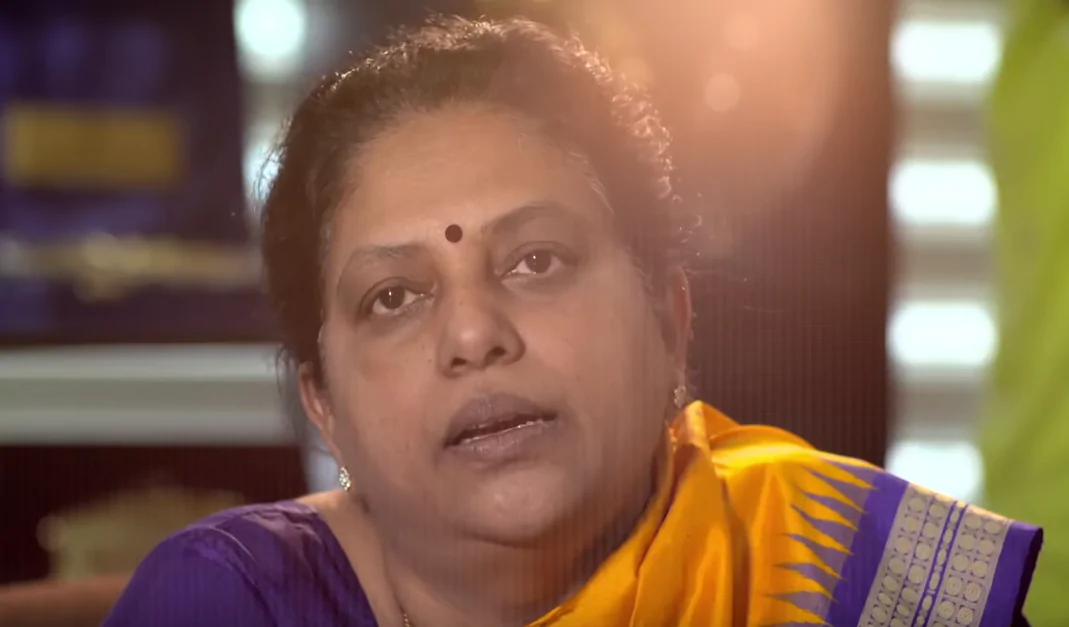Understanding Hair Loss Causes and Effective Treatments for Women: A Comprehensive Guide
Hair fall in women often starts quietly. You notice more strands on the pillow. Your parting line looks wider. The ponytail feels thinner than it used to.
Many women brush it off, thinking it will stop on its own. But in most cases, it does not. The longer you wait, the harder it becomes to fix. Hair loss can affect your mood, your confidence, and how you feel about yourself.
This guide is here to help. It will walk you through the real hair loss causes, explain why the problem is different for women, and show you what can be done to stop it. Simple habits and the right treatment can bring real results. But it starts with understanding the root.
Hair Loss Is Not Caused by One Thing
Hair fall in women rarely happens due to a single reason. It is usually the result of many small factors building up. Here are the three main types of hair loss causes:
Internal Triggers
Hormones play a big role. During pregnancy, after childbirth, or around menopause, many women notice sudden changes in their hair. Conditions like polycystic ovary syndrome and thyroid imbalance also disturb hormone levels. These changes push hair out of its growing phase too early, leading to more hair fall.
External Damage
Heat styling, hair colouring, tight braids, and chemical treatments can damage hair over time. These habits make the strands weak and breakable. In many cases, the scalp also becomes dry or inflamed, which slows down new growth.
Lifestyle Choices
What you eat, how you sleep, and how stressed you feel can affect your hair more than you think. Low iron and protein levels are common in women and often go unnoticed. Crash diets, poor hydration, and lack of sleep add pressure on the body. In return, the body reduces what it considers non-essential. Hair growth is usually the first to slow down.
You may face two or even three of these factors at the same time. This is why the treatment must also be complete, not just surface-level.
How Hair Loss Looks Different in Women
Hair fall in women does not always show up as bald spots. It usually shows as thinning across the scalp. The ponytail feels lighter. The parting becomes more visible. Hair loses volume from all over, not just one area.
This slow and silent pattern is easy to ignore. But once hair density reduces past a certain point, it takes much longer to come back. This is why early steps make all the difference.
Hormonal shifts, low iron, and stress hit women differently. That is why female hair loss needs its own approach and not a one-size-fits-all solution.
What Works: Hair Loss Treatment for Women
If you are losing hair, the first thing to do is stop guessing. Take a close look at your diet, your stress, and your habits. Then build your plan around these proven steps.
Eat to Feed the Hair
Hair needs protein, iron, zinc, and vitamins. Without them, the roots weaken. Add leafy vegetables, dals, seeds, and fruits to your meals. Drink more water. Focus on consistency, not perfection.
Care for the Scalp
A healthy scalp is the base for strong hair. Wash gently. Use mild shampoos that do not strip the scalp. Massage with coconut oil, bhringraj, or amla oil to improve blood flow. Keep your scalp clean and moisturised.
Medical Support When Needed
If hair loss is steady or severe, speak to a doctor. Some women benefit from treatments like Minoxidil. Others may need iron or vitamin supplements. A blood test can help you understand what is missing.
Professional options like platelet-rich plasma therapy or microneedling can help in more advanced cases. But these should be guided by a medical expert.
Natural Additions That Help
Hair masks made from onion juice, fenugreek, aloe vera, or hibiscus can reduce dryness and support healthy growth. These are gentle, affordable, and easy to prepare at home.
Change Daily Habits
Let your hair dry on its own. Avoid pulling it back too tight. Use a wide-toothed comb. Be gentle when brushing, and never tug wet hair. These small steps reduce damage and help the hair stay strong.
The best hair loss treatment for women is not one thing. It is a set of habits, treatments, and support that work together.
When You Should See a Doctor
Sometimes, the problem is deeper. These signs need medical attention:
- Hair falling out in patches
- Sudden and heavy shedding within a few weeks
- Scalp showing through clearly
- No baby hairs growing after three months
- Itching, burning, or flaking that does not go away
In such cases, tests can point to the cause. A doctor can then guide you with the right plan.
Conclusion
Hair loss in women is real, and it can be stressful. But most cases can be treated when you act on time. You do not need to wait for it to get worse. You do not need to accept it quietly.
Start with your food. Fix your scalp health. Treat your hair with care. If things still feel off, talk to someone who understands hair and health.
The most effective hair loss treatment for women is a mix of care, patience, and the right information. Hair can grow again. Confidence can come back. But it begins with one step. That step is yours to take.




